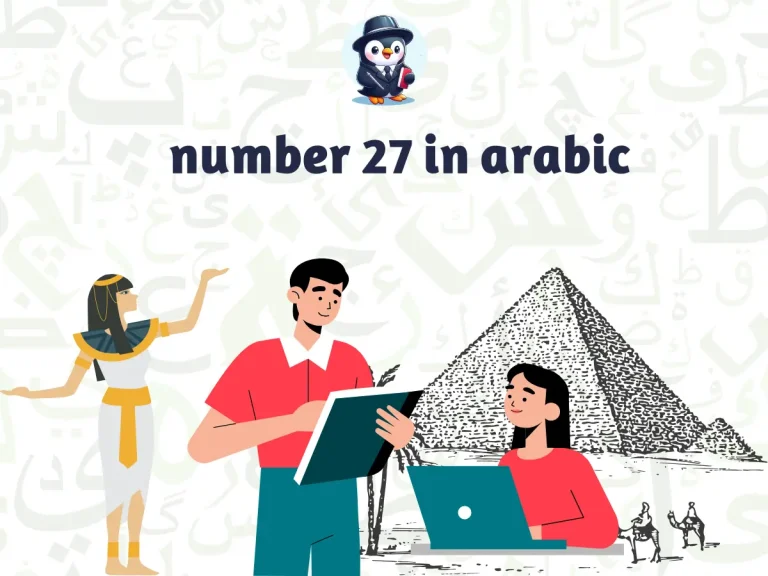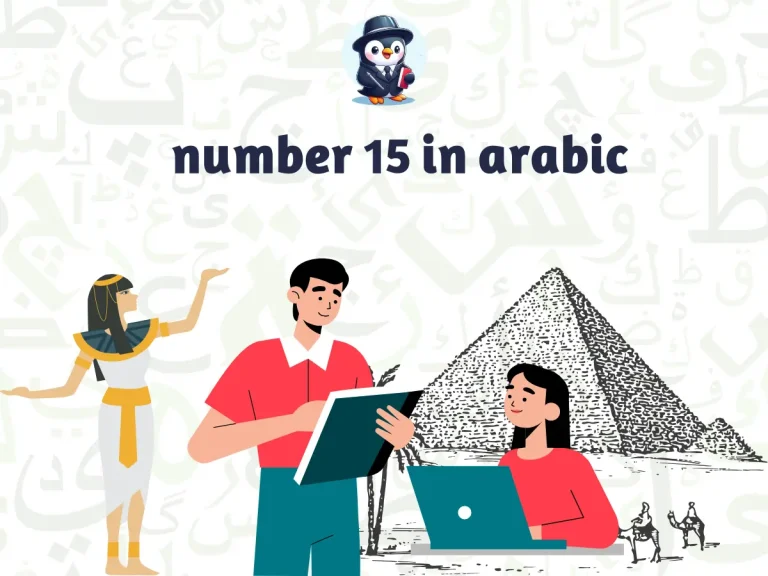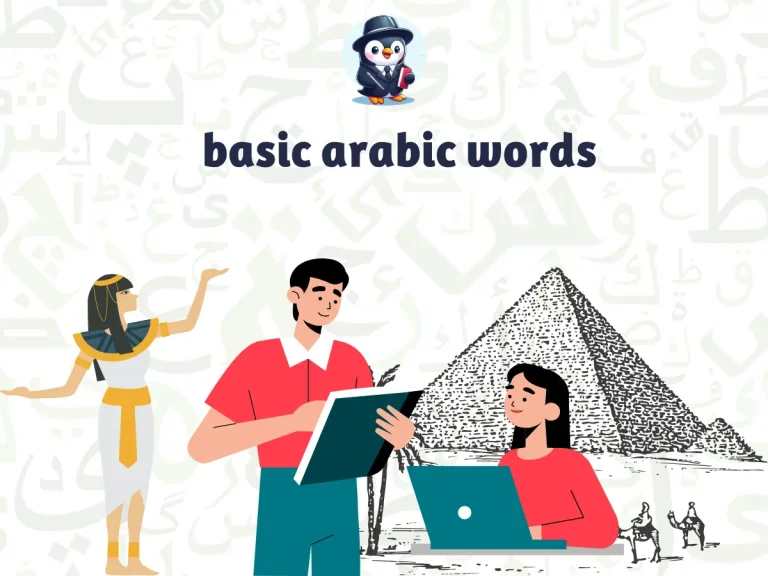number 23 in arabic pronunciation & writing
The number 23 in arabic, “Thalathah wa-‘Ishrūn” (ثلاثة وعشرون) in Arabic, transcends its numerical value, venturing beyond the realm of basic counting.
It serves as a cornerstone for expressing larger quantities, unlocks historical references, and might even hold subtle cultural significance.
To learn more about the rest of the numbers from 1 to 100, you can visit this link: Arabic numbers 1 to 100
Here’s a deep dive into the importance and diverse uses of twenty-three in the Arabic world:
number 23 in arabic: Essential for Daily Transactions
Navigating daily life often involves quantities exceeding basic numbers. Mastering “Thalathah wa-‘Ishrūn” empowers you to confidently communicate about larger items, prices, and distances.
- Imagine discussing grocery bills (“yasūʿu thalathah wa-‘ishrīna dirhaman” – it costs twenty-three dirhams)
- or inquiring about travel options (“al-bus tahwilu baʿda thalathah wa-‘ishrīna daqiqah” – the bus transfers in twenty-three minutes).
number 23 in arabic: A Bridge to History
Dates and historical inscriptions frequently utilize numerals. Understanding how to read “Thalathah wa-‘Ishrūn” allows you to decipher these references.
- An inscription mentioning “بني المسجد في سنة ثلاثمائة وثلاثة وعشرون” (bُni al-masjid fi sanat thalathime’aa wa-thalatha wa-‘ishrīna) translates to “the mosque was built in the year three hundred and twenty-three,” offering a glimpse into the past.
number 23 in arabic: Understanding Prices and Quantities
“Thalathah wa-‘Ishrūn” plays a crucial role in comprehending larger monetary values and quantities of items.
Whether discussing clothing sizes or bulk purchases at a market, it becomes a building block for expressing larger numbers.
- For example, “baa’at arbaʿah wa-thalatha wa-‘ishrīna kitaaban” (باع أربعة وثلاثة وعشرون كتابا) translates to “he sold four and twenty-three books.”
number 23 in arabic: Cultural Significance
Numbers can hold symbolic meaning in Arabic culture. While definitive evidence for twenty-three being a prominent symbol is limited,
it could appear in folktales or proverbs, conveying specific ideas. Understanding such references enriches your cultural appreciation.
By appreciating the multifaceted nature of “Thalathah wa-‘Ishrūn,” you gain a deeper understanding of Arabic communication and develop a foundation for navigating larger quantities, historical references, and even cultural nuances.
Twenty-three serves as a stepping stone, propelling you towards a richer appreciation of the Arabic language and its connection to the social and historical context it serves.
Unveiling Twenty-Three: Beyond the Count and Across Civilizations
The number twenty-three, “Thalathah wa-‘Ishrūn” (ثلاثة وعشرون) in Arabic, occupies a unique space.
It transcends its numerical value, serving practical purposes in Arabic communication while potentially holding significance in some ancient cultures. Let’s delve into its multifaceted nature:
Overview and Distinction in Arabic: number 23 in arabic
Building on the Base: Unlike smaller numbers, twenty-three necessitates a combination: “Thalathah” (three) and ” ‘Ishrun” (twenty).
This signifies a move beyond relying solely on base-ten and opens the door for expressing larger quantities efficiently.
Importance for Transactions: Mastering “Thalathah wa-‘Ishrūn” allows you to confidently navigate situations involving larger numbers in Arabic.
It’s crucial for understanding prices, distances, historical references, and forming more complex numbers.
The Number 23 in Ancient Cultures
Limited Evidence for Symbolic Use: While there’s no widespread symbolic association with twenty-three across various civilizations, its presence in some cultures suggests potential meaning.
Here are some possibilities:
Lunar Cycles (Speculative): Some scholars have proposed a link between twenty-three and lunar cycles in certain ancient calendars, though concrete evidence is scarce.
Numerological Systems: Cultures like the Pythagoreans in Greece explored numerology, attributing symbolic meanings to numbers.
While evidence for twenty-three specifically is lacking, understanding these practices offers context.
Distinction from Emphasis on Smaller Numbers: Many ancient cultures, including some in the Middle East, placed emphasis on smaller numbers like seven or ten.
This might explain why symbolic associations with twenty-three, which falls outside these common divisions, are less prevalent.
Understanding the distinction of twenty-three in Arabic and its potential connections to ancient cultures allows for a more nuanced appreciation of its role in human history and communication.
Further research into specific ancient civilizations and their numerological practices might reveal more about the potential symbolic meaning of twenty-three.
Writing and Pronouncing number 23 in arabic
The number twenty-three, “Thalathah wa-‘Ishrūn” (ثلاثة وعشرون) in Arabic, represents a crucial step beyond basic counting.
Here’s a comprehensive guide on how to confidently write and pronounce this essential number, propelling you towards a richer understanding of Arabic communication:
Writing with Accuracy: number 23 in arabic
Focus on the Individual Components: “Thalathah wa-‘Ishrūn” is written by combining two separate words:
- Thalathah (ثلاثة): This translates to “three” and is written with the letters thaa (ث), laam (ل), alif (ا), thaa (ث), and haa (ه).
- ‘Ishrun (عشرون): This translates to “twenty” and is written with the letters
ayn(ع), shin (ش), raa (ر), waa (و), and noon (ن).
- Combining the Words: Write from right to left: ثلاثة وعشرون (Thalathah wa-‘Ishrūn).
| Pronunciation | Arabic | English |
|---|---|---|
| Thalathah wa-‘Ishrūn | ثلاثة وعشرون | twenty-three |
| hal landika thalathah wa-‘ishrīna baydah | هل لديك ثلاثة وعشرون بيضة | Do you have twenty-three eggs |
Pronunciation for Clarity: number 23 in arabic
Breaking it Down: “Thalathah wa-‘Ishrūn” is pronounced approximately as thah-lah-THAH wa ish-roon.
- The emphasis falls on the first syllable of “thah-lah-THAH.”
- The “wa” (و) between “thah-lah-THAH” and “ish-roon” creates a connecting sound similar to a short “wa” in English.
Examples in Action: number 23 in arabic
1- يحتاج الطبيب إلى ثلاثة وعشرين دقيقة لفحصك.
yaḥtaaj al-ṭabiib ilā thalathah wa-‘ishrīna daqiqah li-faḥṣik.
The doctor needs twenty-three minutes to examine you.
2- سافرتُ ثلاثة وعشرين ساعة بالقطار
saafirtu thalathah wa-‘ishrīna saaʿatan bil-qitaar.
I traveled for twenty-three hours by train.
اشتريتُ ثلاثة وعشرين كتابًا جديدًا.
ishtarattu thalathah wa-‘ishrīna kitaban jadidan.
I bought twenty-three new books.
By mastering the writing and pronunciation of “Thalathah wa-‘Ishrūn,” you elevate your ability to express yourself and comprehend Arabic communication involving larger quantities.
This paves the way for smoother interactions in daily life, a deeper understanding of historical references, and a richer appreciation of the Arabic language.







